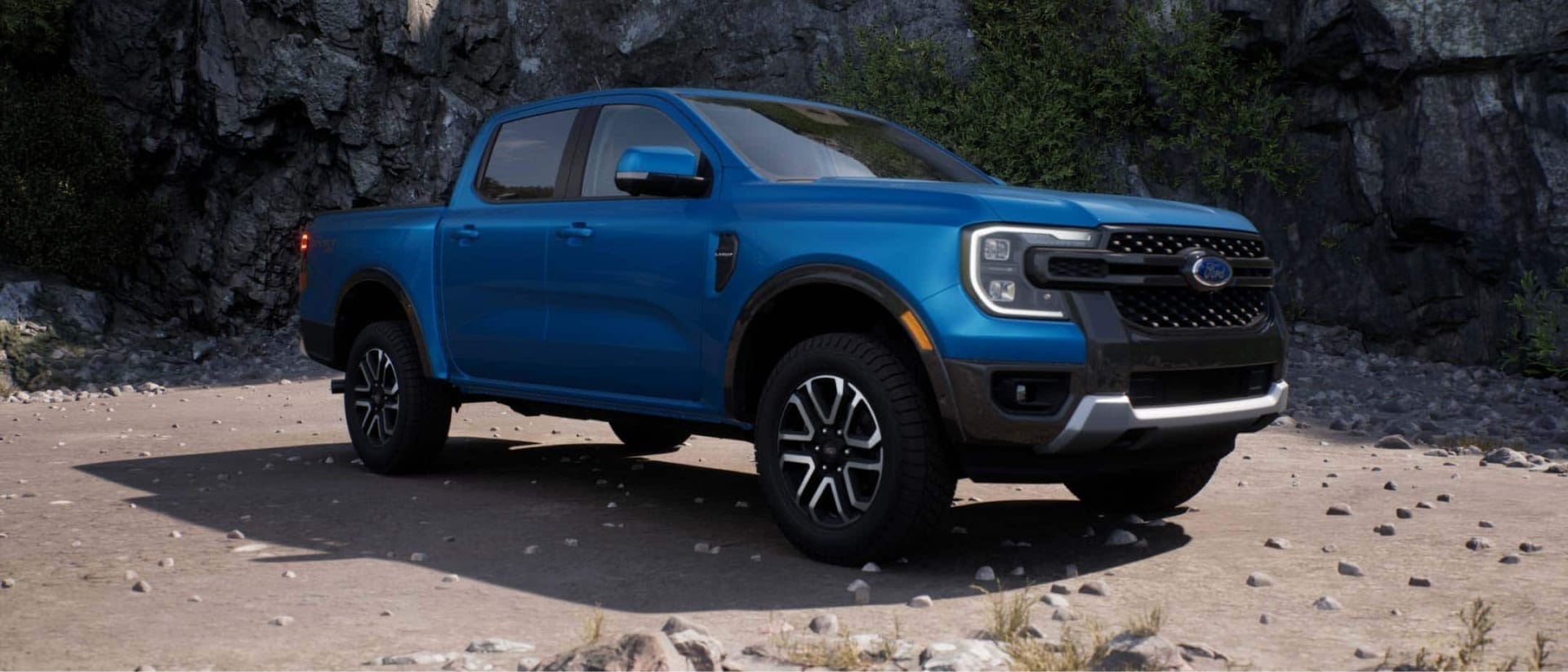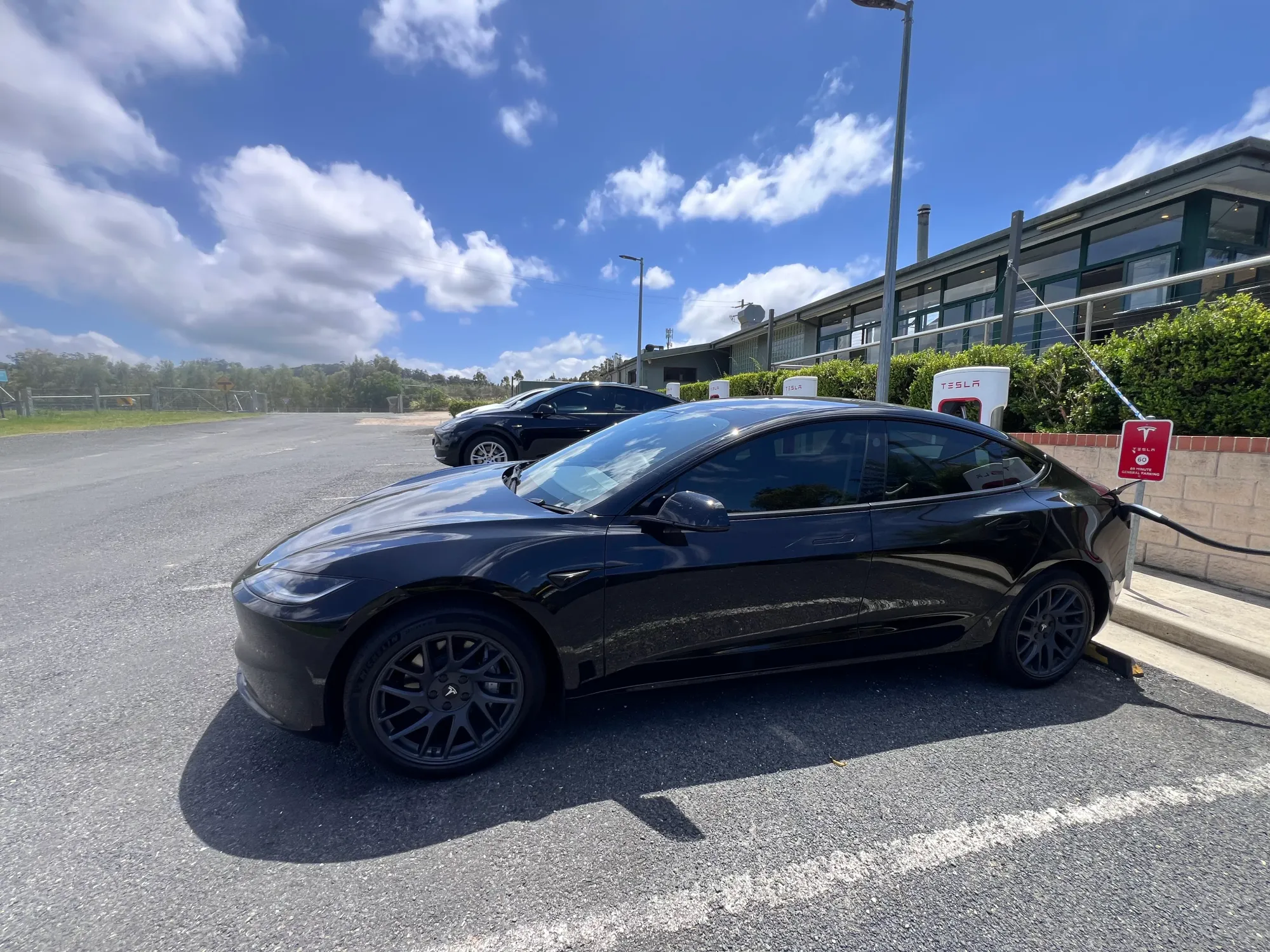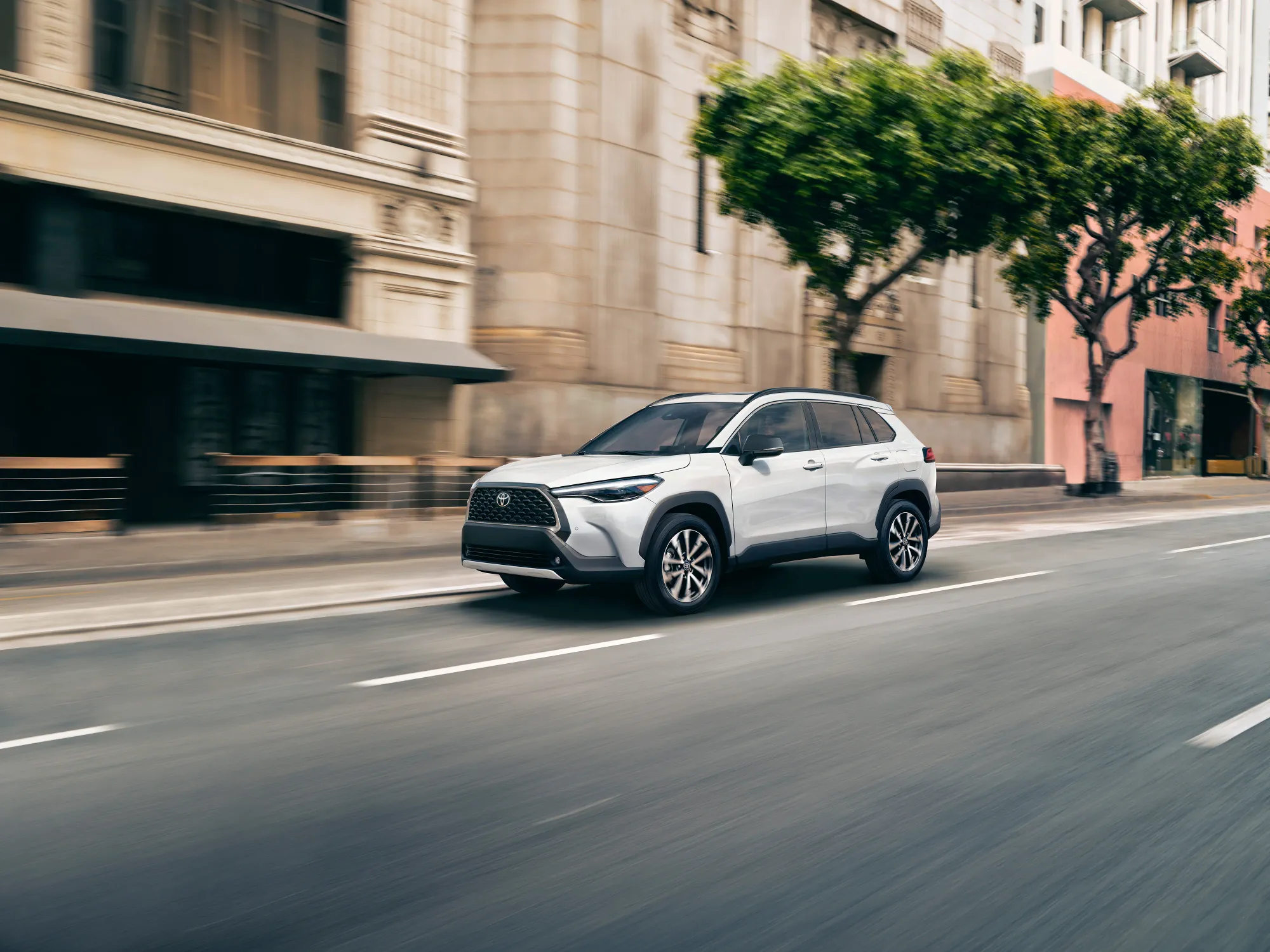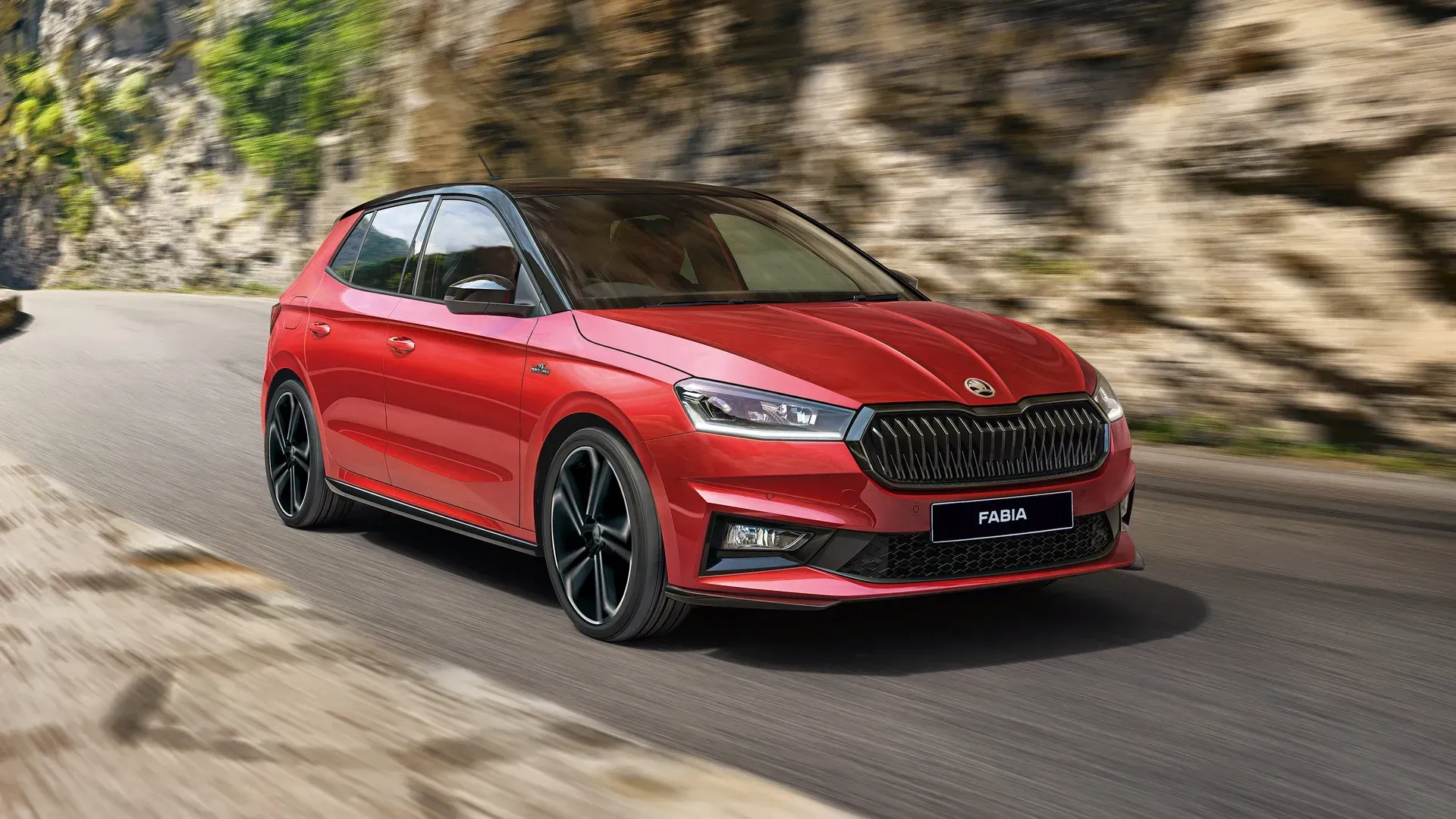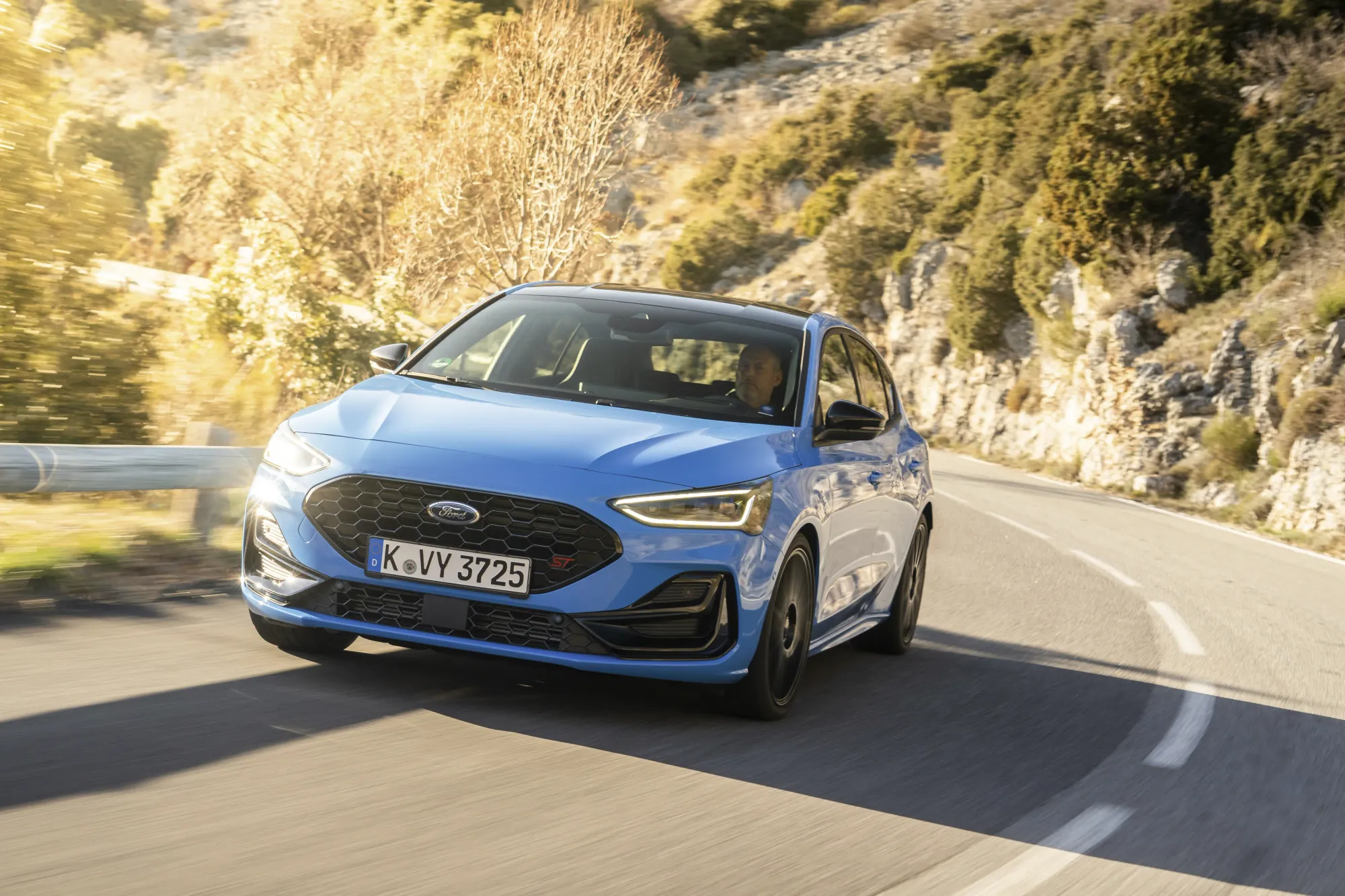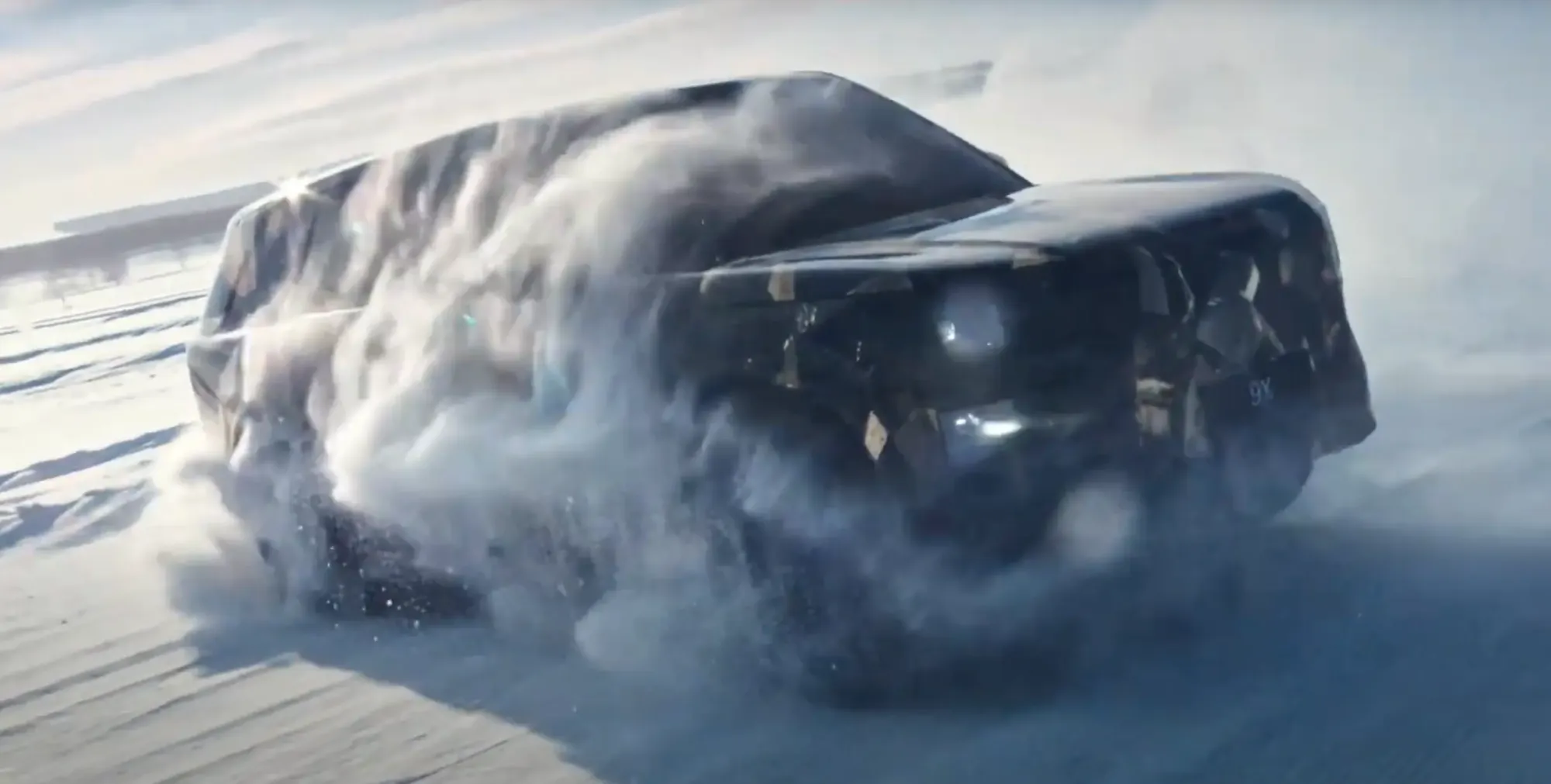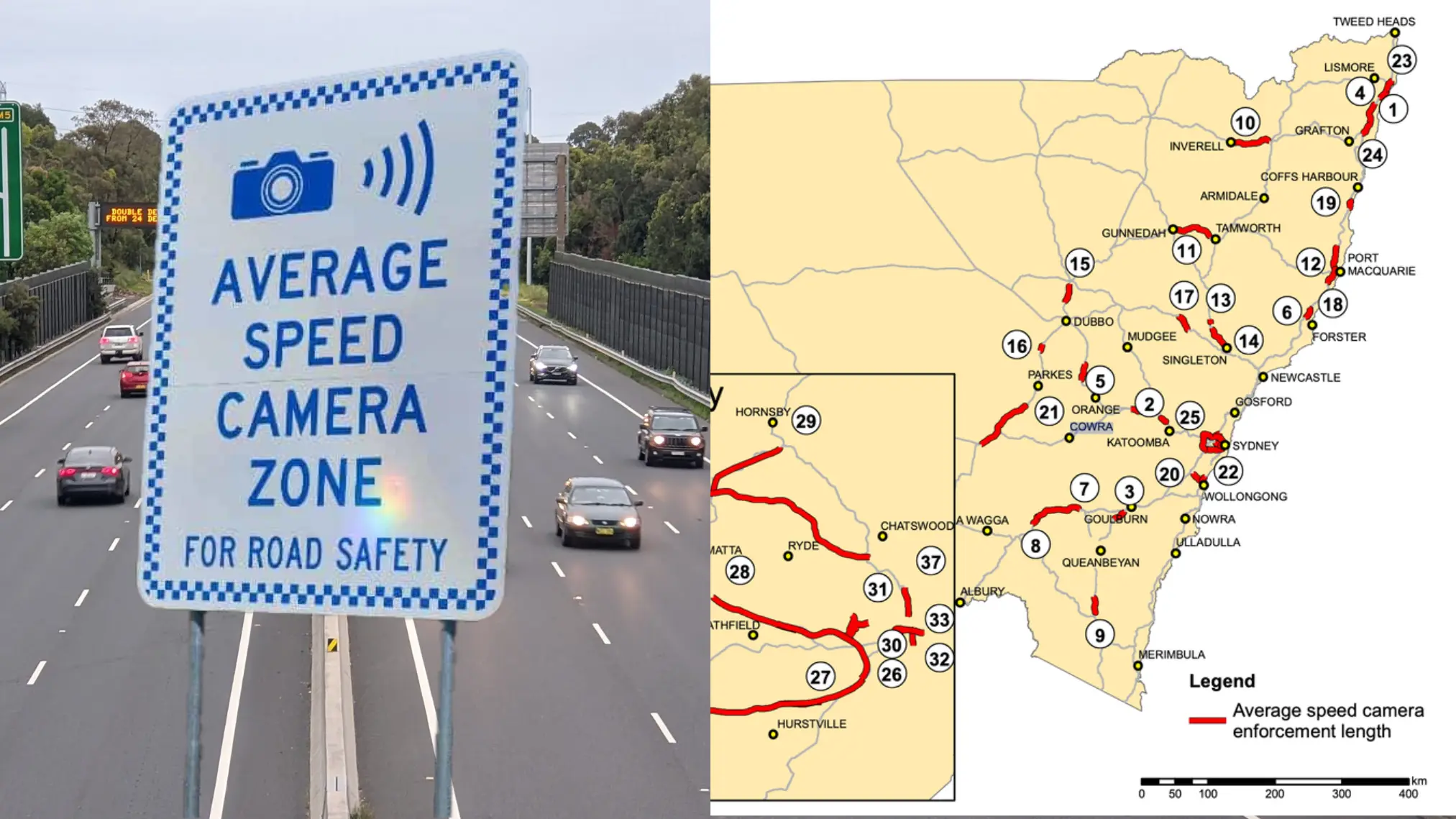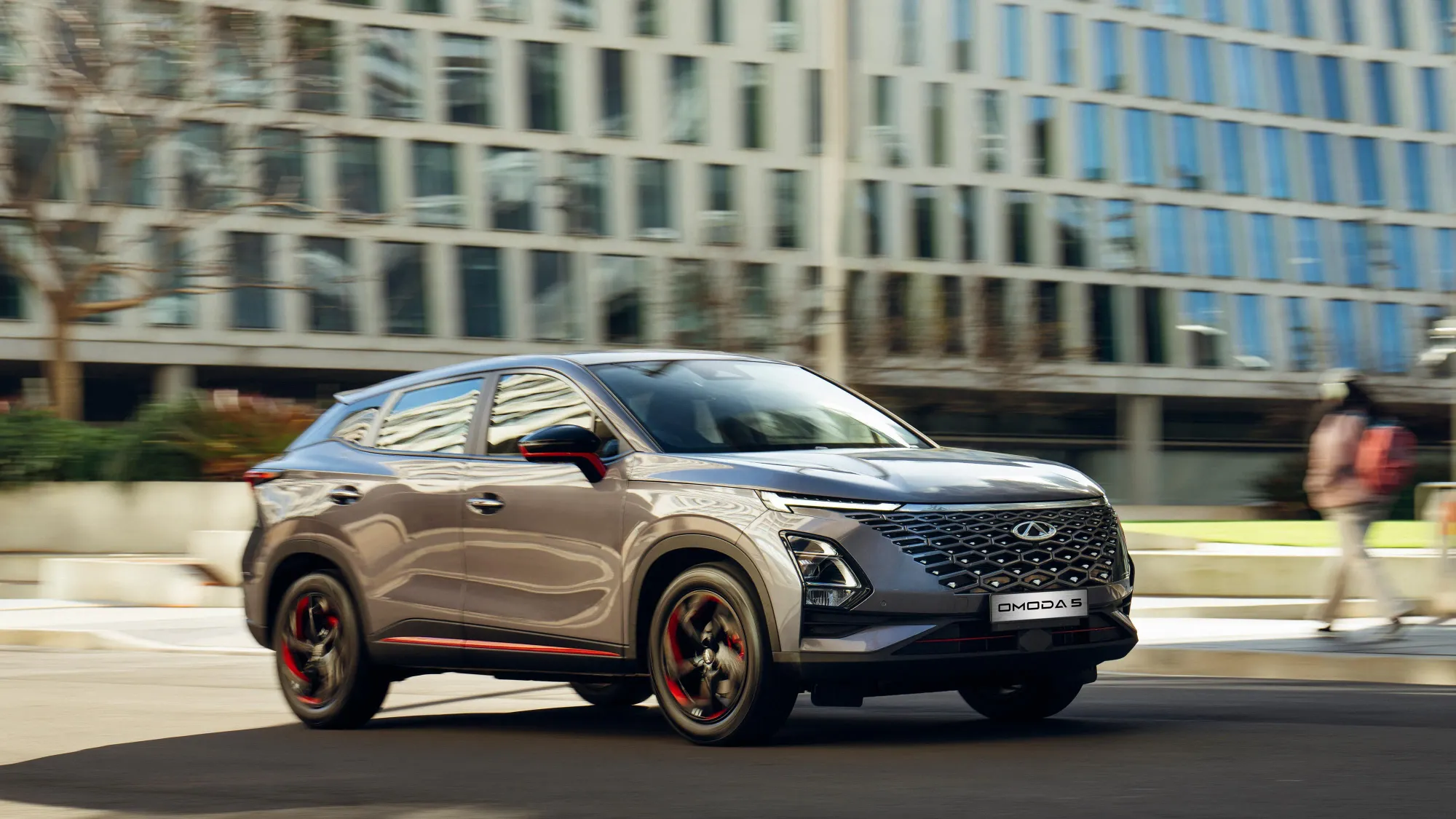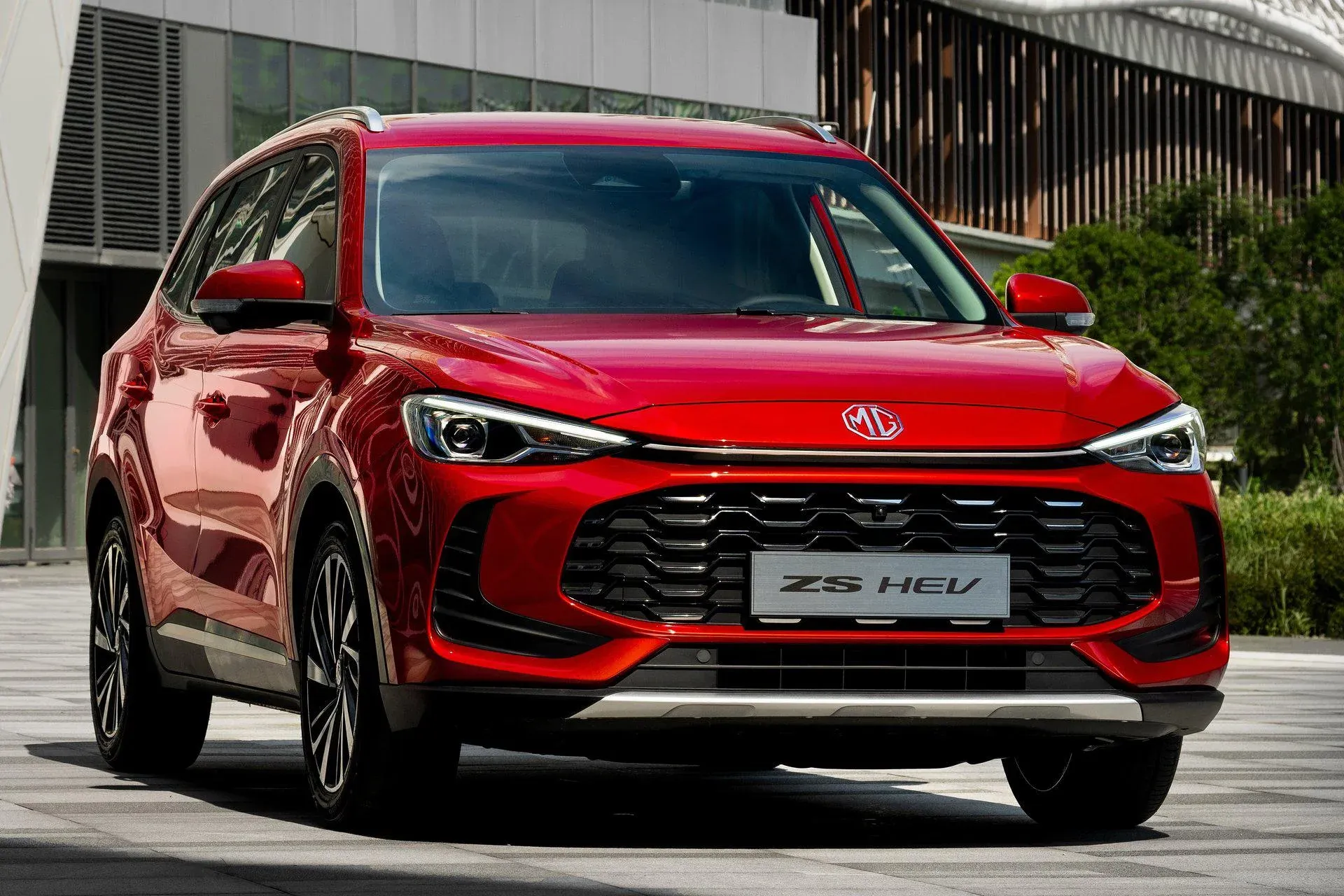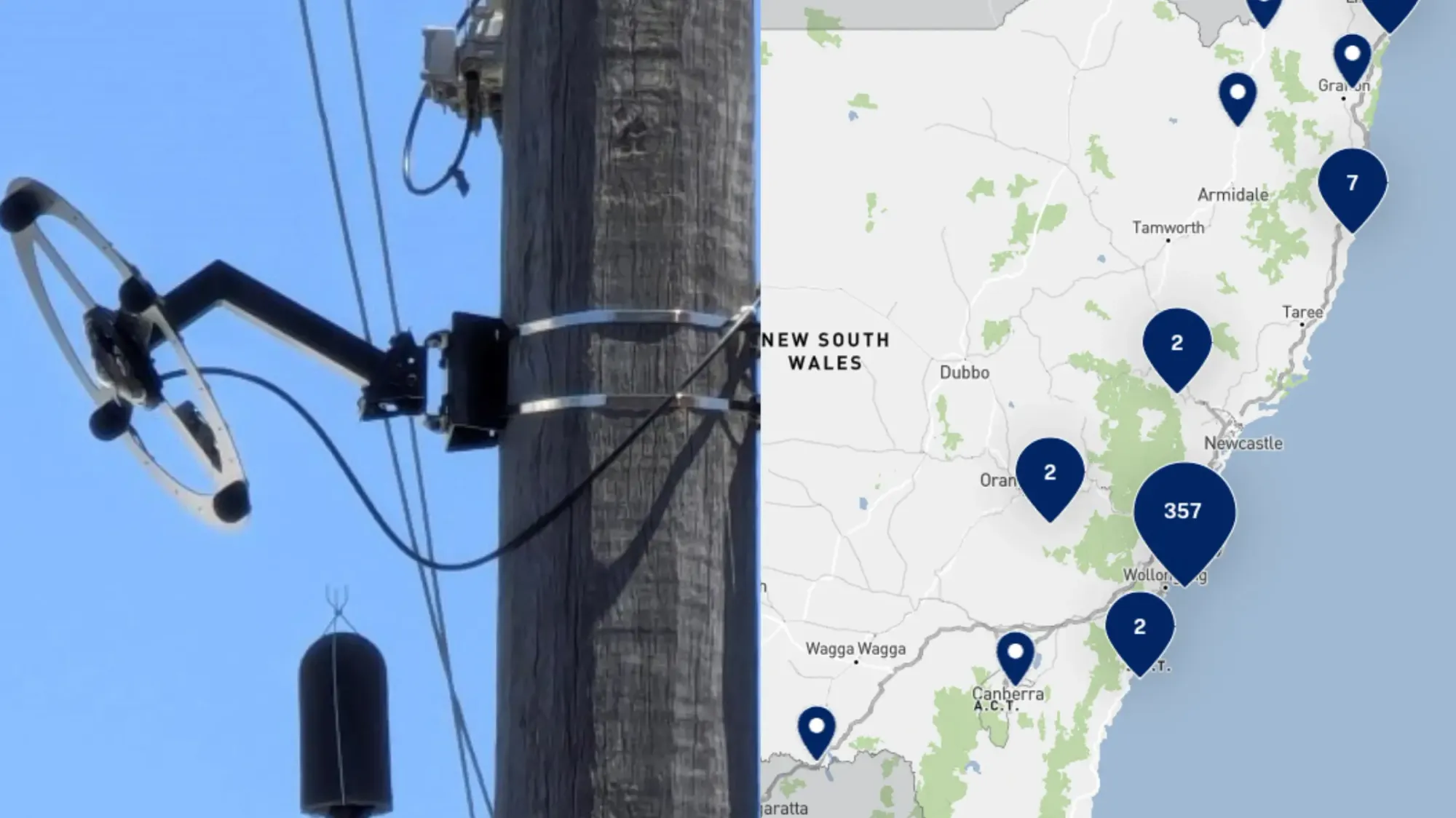Australia's love affair with tough, four-wheel drive utes like the Ford Ranger and Toyota HiLux has led to these vehicles dominating sales charts. However, this trend raises questions about whether Australians are over-investing in vehicles that may be more capable than necessary for most users' daily needs.
Utes consistently top Australia's new vehicle sales charts, with models like the Ford Ranger and Toyota HiLux leading the pack. Many buyers are opting for high-end, four-wheel drive variants, even if they don't regularly use the off-road capabilities.

The trend towards larger, more capable utes has implications for urban driving, parking, and fuel consumption. Some experts argue that many ute buyers could be better served by smaller, more efficient vehicles for their daily needs.
The popularity of utes is partly driven by their versatility, combining work and leisure capabilities. Tax incentives for businesses to purchase utes contribute to their high sales figures. Environmental concerns are growing due to the fuel consumption of these larger vehicles. Manufacturers are responding with more efficient and electrified options, though adoption is still in early stages.
The cultural significance of utes in Australia plays a role in their continued popularity. There's a debate about whether the trend towards larger utes is sustainable in the long term.

While utes undoubtedly serve a purpose for many Australians, the overwhelming popularity of high-end, four-wheel drive models raises questions about efficiency and necessity. As the automotive landscape evolves, it remains to be seen whether this trend will continue or if consumers will shift towards more practical and environmentally friendly options for their daily driving needs.



